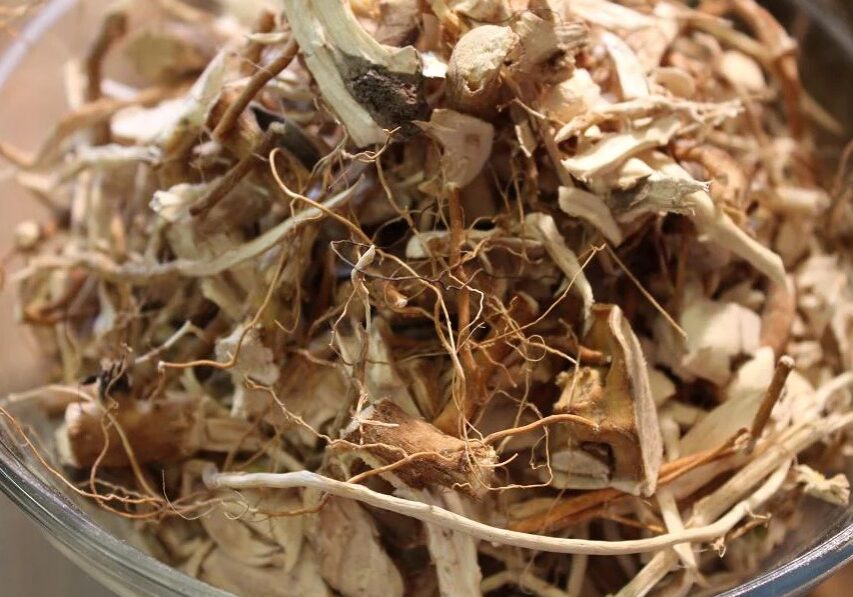
hydrangea
Hydrangea, also known as hydrangea, hydrangea, and pink flower, is a shrub plant, 1-4 meters tall; the stem often has many radiating branches at the base to form a round shrub; the branches are cylindrical, thick, purple-gray to light gray, glabrous, with a few long lenticels. The leaves are papery or nearly leathery, obovate or broadly elliptical. The corymbose inflorescence is nearly spherical, with dense flowers, most of which are sterile; with 4 sterile sepals.
Growing in Clusters
Hydrangeas are shrubs with flowers that grow in clusters called corymbs. The flowers can be sterile or fertile, and the color of the blooms can indicate the soil's pH level.
The structure of the flower is laid out in multiple layers from:
- Corymbs: Hydrangea flowers grow in clusters called corymbs, which can be mophead or panicle-shaped
- Mophead: A solid, round flowerhead with large, showy flowers and a few fertile flowers in the center
- Panicle: A cone-shaped flowerhead with both fertile and sterile flowers
- Lacecap: A flat flowerhead with small fertile flowers in the center and larger showy flowers around the edge
- Sepals: The large, colorful sepals of sterile flowers
- Petals: The unfused petals of hydrangea flowers
Hydrangeas are long-lived shrubs, sometimes living for up to 50 years if properly cared for. They enjoy morning sun but afternoon shade, and they need frequent watering during the growing season.
One of the main distribution areas of the genus Hydrangea!
China is one of the main distribution areas of the genus Hydrangea, with a total of 47 species and 11 varieties of this genus, and most of them are distributed in western and southwestern China.
In the history of China, hydrangea has been widely planted as an ornamental plant since ancient times. At the end of the 18th century, hydrangea was introduced to Europe, and various breeders bred a variety of beautiful varieties. At present, the Royal Horticultural Society of Plant Discoverers has listed 1,876 hydrangea cultivars.


hydrangea also has high medicinal value.
In addition to its ornamental value, hydrangea also has high medicinal value.
For example, hydrangea roots are rich in ingredients that can treat diseases such as diabetes and autoimmune diseases; flowers and leaves are rich in hydrangea glycosides, which have antimalarial effects and can also be used to treat diseases such as heart disease.
THERE ARE TWO DIFFERENT VERSIONS OF "THE MAN IN THE MAZE" HISTORY.
Man is at the top of the plaque/basket and goes through the maze which is his journey through life to end in the center which is a crossover to a new life.
The other version is that you start your life in the center of the plaque and work your way through the maze or the journey to the top of the basket where the figure at the top is their God Iota who lives at the top of Kitt Peak.

O'odham oral history.
According to O'odham oral history, the labyrinth design depicts experiences and choices individuals make in the journey through life. In the middle of the "maze", a person finds their dreams and goals. When one reaches the center, the individual has a final opportunity (the last turn in the design) to look back upon choices made and the path taken, before the Sun God greets us, blesses us and passes us into the next world.


